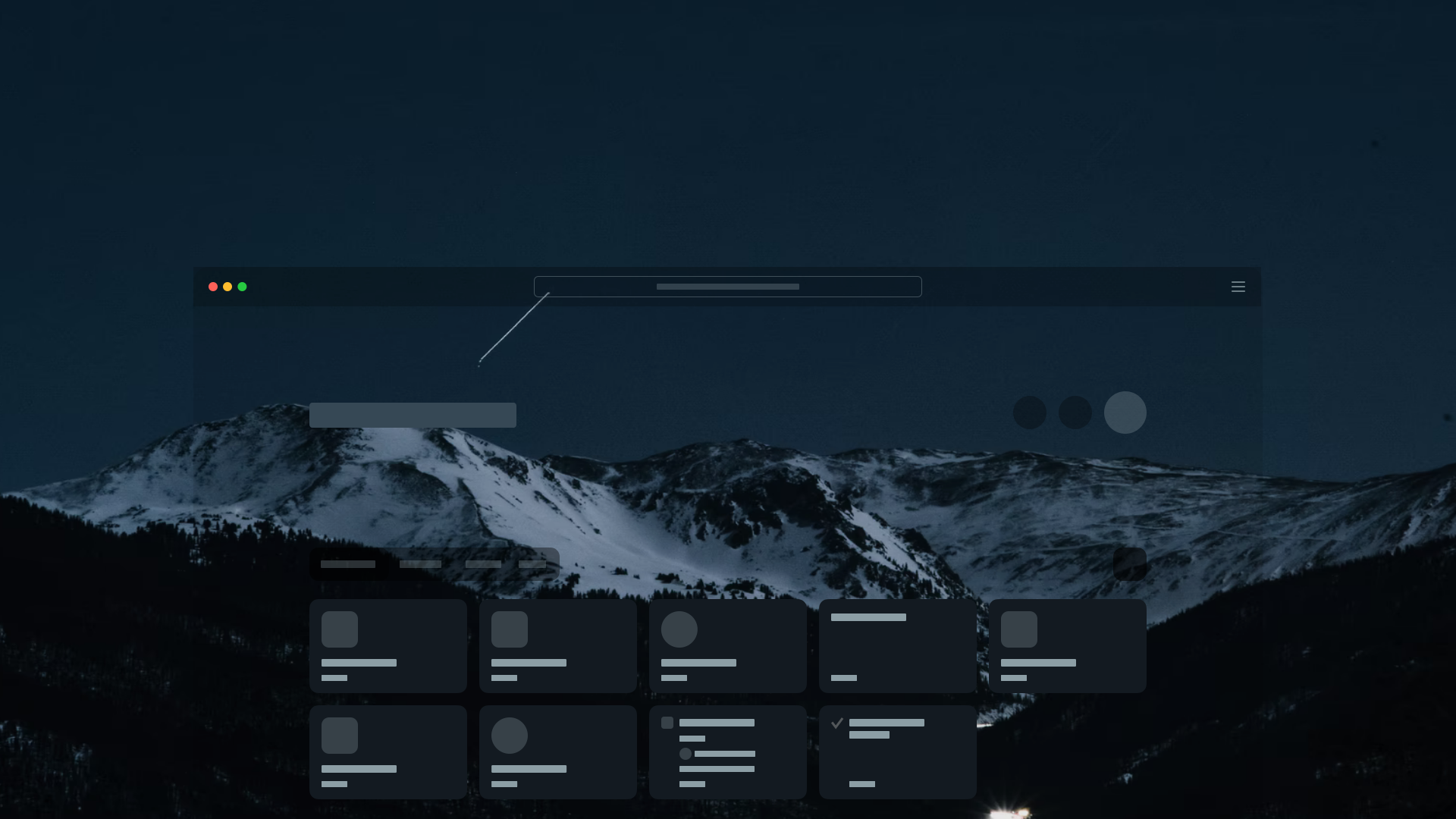The Challenge
We wanted to reach product-market fit. It is crucial for every startup and was important to raise our series A.
Following is how I transitioned Anytype from a simple notes app (my demo from 2020). I picked our largest, most vocal users—students. They used us in classrooms with poor or no Wi-Fi – local-first Anytype architecture was a huge advantage and they were forgiving lots of issues due to this value.
Approach
Research
I ran 12 one-hour Jobs-to-Be-Done interviews using Zamesin's JTBD playbook (context, triggers, forces, desired outcomes). Asked why-why-why going deeper, while focusing on 3 general jobs:
- Note-taking in lessons
- Creating effective information storages for notes and files with lectures and books
- Learning techniques to learn and pass exams
Pain mapping
Found pains like "I usually read a course PDF and capture notes next to it while offline and switching between windows." – switching context is pain. I took these pains from interviews and sorted them by amount of mentions. Then planned features solving these pains.
Biggest Pain Points Uncovered
- Viewing and writing notes with frequently switching windows.
- Writing text and working with large PDF files
- Typing math and code.
- Eye strain during late-night study (need for dark mode).
- Sharing markdown files with peers was not easy.
- Lack of database-view for stacked notes with tagging made management of notes really hard (only folder / link based)
Feature delivery
Guided by student feedback and our community polls, we shipped:
- Built-in PDF reader + split view for side-by-side note-taking.
- LaTeX block, improved code block
- Markdown import/export
- Dark mode
- Offline-first fixes and higher priority on Wi-Fi-related bugs to keep sync reliable when connection returned.
- Sets – our database view
- Many other tiny fixes and features specifically for students
PMF measurement
We sent the Superhuman's PMF survey every 4 weeks ("How would you feel if you could no longer use Anytype?"). We watched the "very disappointed" metric, aiming for > 40%.
Results
"Very disappointed" score rose from 25% → 50% within nine release cycles.
Key Learnings
- For students offline-first value proposition even in buggy app mattered more than cloud sync bug-free competitor – having strong and distinctive value prop is super important.
- Solving the single core job lecture note-taking unlocked the biggest PMF gain.
- JTBD interviews gave sharper priorities than stakeholder feature voting.
- PMF regular survey gave us an objective traction of progress – basis for future series A round.
